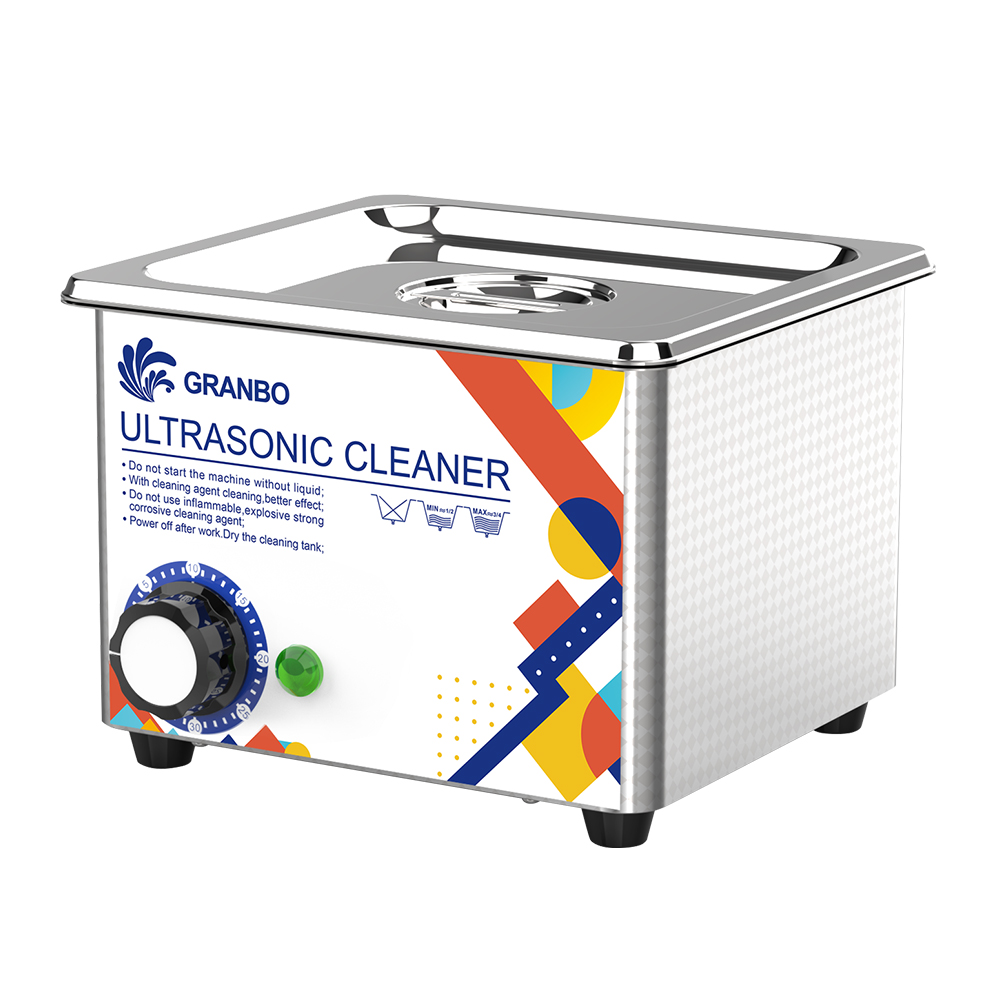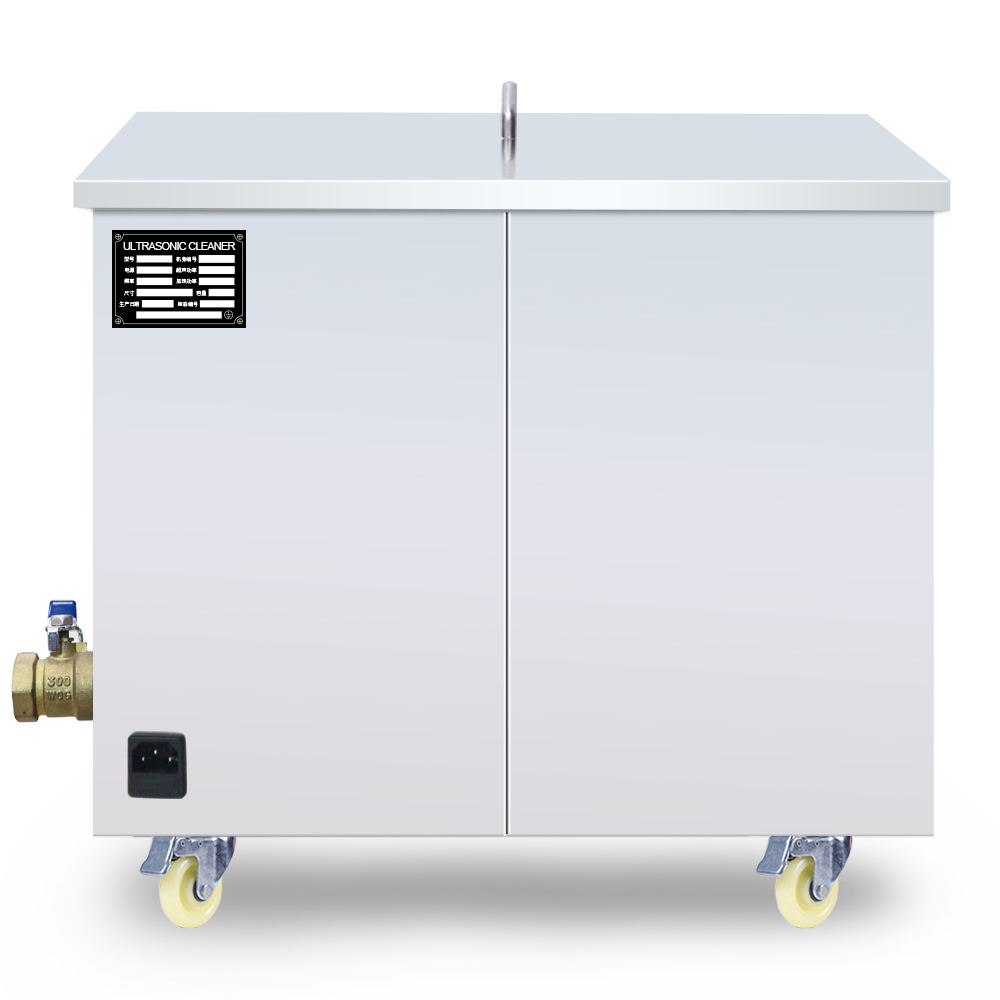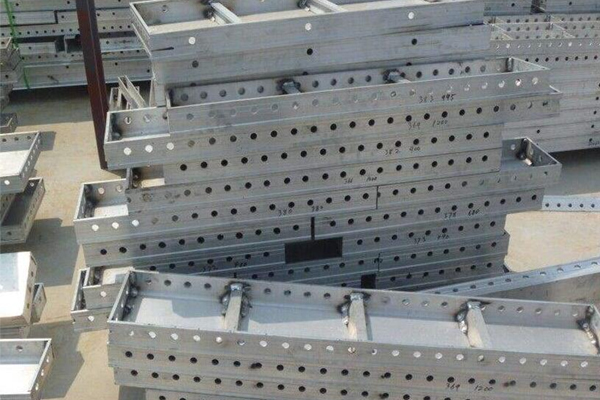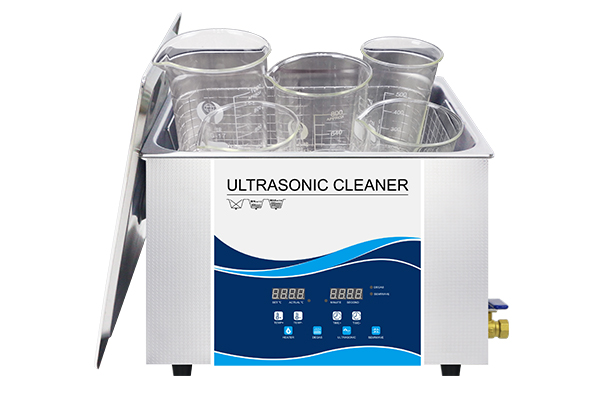Immersible ultrasonic transducers, as highly efficient cleaning devices, have their performance directly influenced by the distance between the transducer and the objects being cleaned. Proper distance settings not only enhance cleaning efficiency but also ensure the quality of cleaning. So, how should we set the optimal distance based on different factors to ensure ideal cleaning performance?
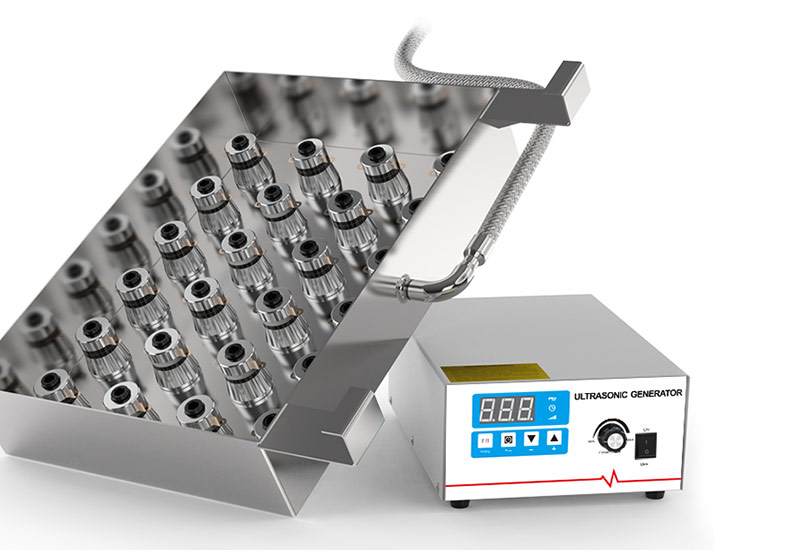
Recommended Distance Between Transducer and Cleaning Objects
According to the principles of ultrasonic operation, the distance between the transducer and the objects should be maintained at a minimum of 100mm to ensure effective transmission of ultrasonic waves to the surface of the cleaning objects. Distances too close may lead to insufficient cavitation effects of ultrasonics, while distances too far might cause significant attenuation of ultrasonic energy, affecting both efficiency and effectiveness of cleaning. Generally, the optimal distance from the transducer to the cleaning objects is between 100mm and 500mm.
Installation Requirements for Bottom and Side Vibrating Transducers
Different mounting types of ultrasonic transducers (bottom or side vibrating) have specific requirements for distance. For example, with bottom vibrating setups, it is necessary to maintain at least a 50mm distance from the transducer to prevent direct contact that could impair vibration effectiveness and cleaning efficiency.
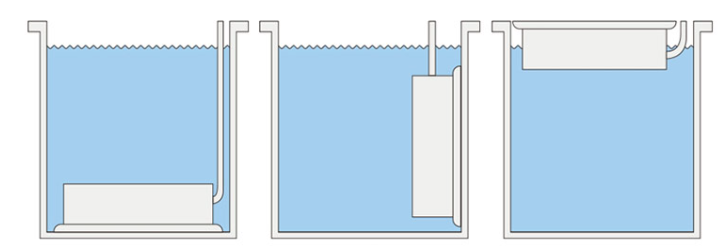
Factors Influencing the Minimum Distance to Cleaning Objects
Material of the Cleaning Objects
The material of the cleaning objects affects how ultrasonic waves are absorbed and reflected, which directly influences the distance settings. For materials that are challenging to clean, it may be necessary to decrease the distance slightly to enhance the cleaning effect and ensure cleanliness.
Type of Cleaning Solution
The type of cleaning solution chosen is another critical factor determining the optimal distance. For instance, water-based and solvent-based cleaning solutions differ in their abilities to transmit and absorb ultrasonic waves. Therefore, adjustments in distance based on the properties of the cleaning solution are necessary to achieve the best cleaning results.
Varying Cleaning Requirements
The degree of cleanliness required and the speed of cleaning also impact the minimum distance between the transducer and the cleaning objects. In situations where rapid cleaning is needed, reducing the distance appropriately can increase the cleaning speed and improve efficiency.
Adjusting Distance to Optimize Cleaning Results
From the analysis above, it is evident that the optimal distance between immersible ultrasonic transducers and cleaning objects is determined by combining factors such as the type of transducer, material of the cleaning objects, type of cleaning solution, and specific cleaning requirements. Correct distance settings not only enhance cleaning efficiency but also ensure the safety and effectiveness of the cleaning process.

